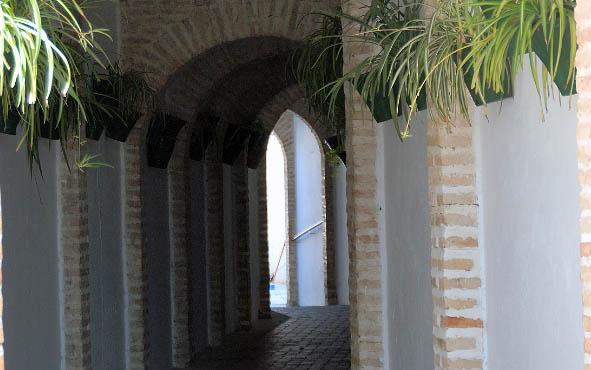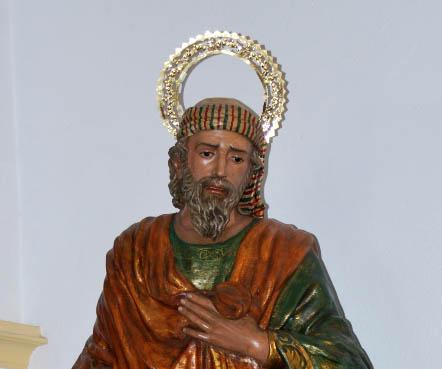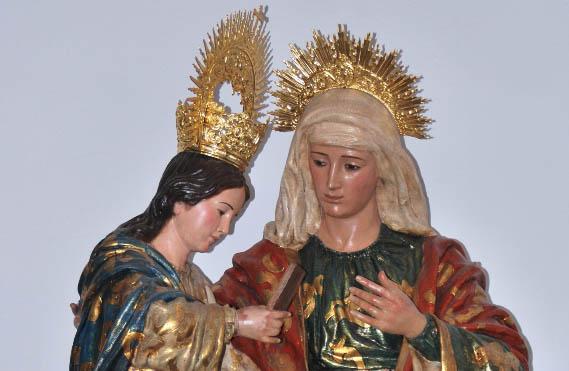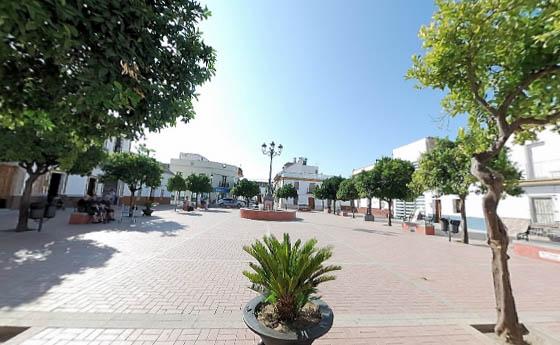Cañada Rosal
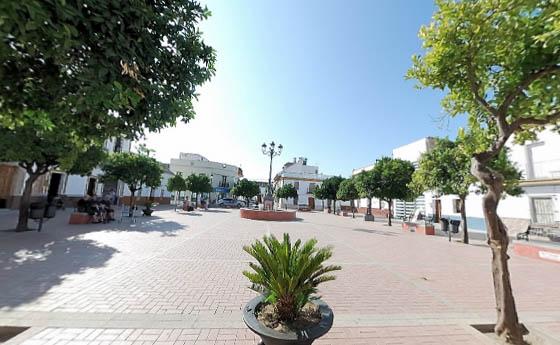
Small locality in the Campiña district, founded by Charles III as part of the "settlement program" implemented in the area, including the countryside of Cordoba and Seville.
Its landscaped consists of farmlands used mainly to cultivate cereals and herbaceous crops.
History
Cañada Rosal was one of the towns founded by Charles III in the second half of the 18th century (1768) during his reign and within the reformist, enlightened spirit of the period.
Charles III set himself a task, a totally new and different experience: to introduce a propaganda movement in Central Europe aimed at recruiting people to populate Spanish territories and create a new model of peasant society.
Ceferino Ximenez, the director of the New Town of La Luisiana, wrote a letter to Fernando de Quintillana, deputy representative of the New Towns in Andalusia, informing him of the existence of a “portion of land” that it would be advisable to occupy and populate, thus planting the seed for the creation of the town that would come to be known as Cañada Rosal.
In addition to the principles of the Enlightenment, there were two other important reasons that led to the creation of the town: one was to do away with the bandits (the most dangerous ones were known as “The 7 kids from Écija"), and the other was to make productive use of the waste lands from Despeñaperros to Guarromán and from Cordoba to Carmona.
The barbarian adventurer Thürriegel recruited settlers in Germany, France, Italy, Switzerland, Austria and the Netherlands, while José Antonio Yauch brought the majority of the foreign families who populated Cañada Rosal and the town of La Luisiana.
The settlers faced numerous problems and hardships. When they arrived, no houses had been built and trying to cultivate waste lands under a burning sun was no easy task.
Men and women with surnames that sounded strange to the ears of the local people - such as Hebles, Duvisón, Filter, Hans, Délis and Ruger - began to arrive in the hope of finding Paradise in Southern Spain. On arrival, each settler was given a pregnant sow, 56 fanegas of land (1 fanega = 0.66 hectares), a plough, a yoke, farming implements, grain, two cows, five sheep, goats, hens and a cock.
As they arrived, sickness and disease claimed them, and from the summer of 1769 to the summer of 1770 this gradually did away with most of the foreign population. Their place was occupied by residents of the towns of Écija, Fuentes de Andalucía and La Campana, as well as other Spanish families from different parts of the country.
Added to all of this was the behaviour of the caciques and large landowners in Écija who, having been deprived of their land, had the settlers' harvests and dwellings burned, leading many of them to contemplate returning to their countries of origin. But by then it was too late for that, and they were therefore forced to confront the precarious situation and try to adapt and survive.
Thus, little by little, and thanks to the efforts invested, these sterile waste lands were turned into green, productive lands.
When the Charter of the New Towns was abolished 67 years later by María Cristina, the widow of Ferdinand VII, La Luisiana, El Campillo and Cañada Rosal were all incorporated into the province of Seville as a single municipal district. However, on 27 August 1986, Cañada was segregated from the municipal area of La Luisiana and became a municipal district in its own right and a representative of the new towns of Sierra Morena and Andalusia.

- Max 14
- Min 10
- Max 57
- Min 50
- °C
- °F

